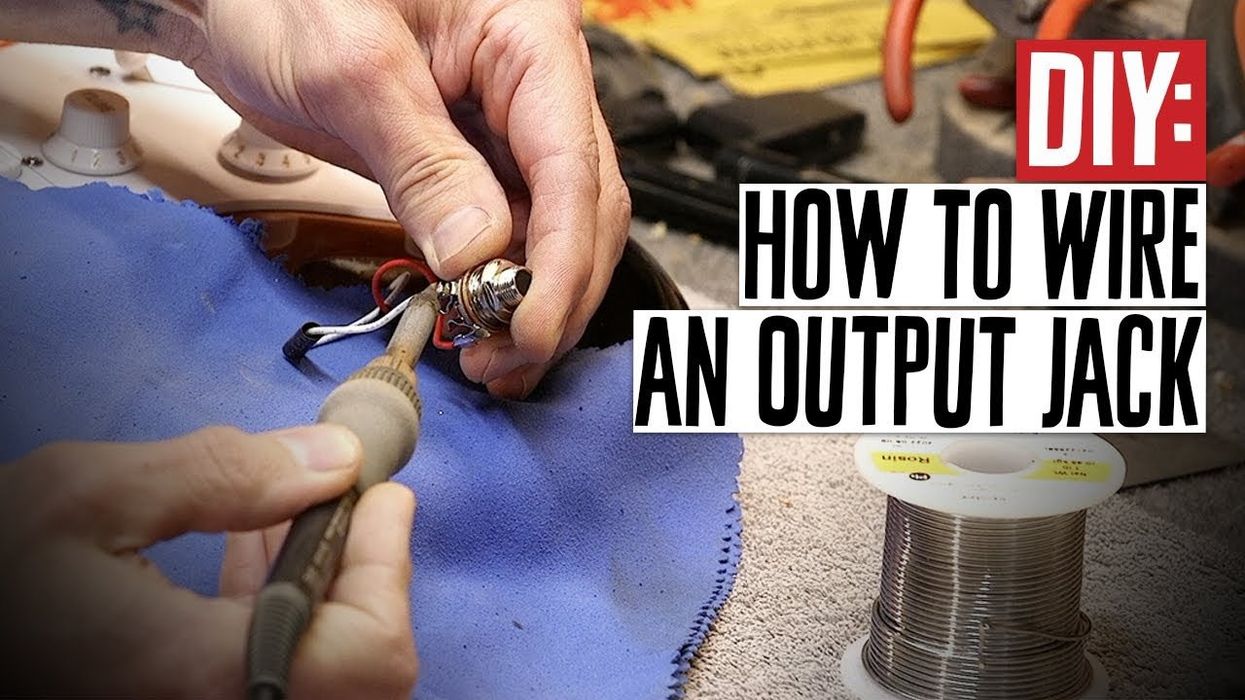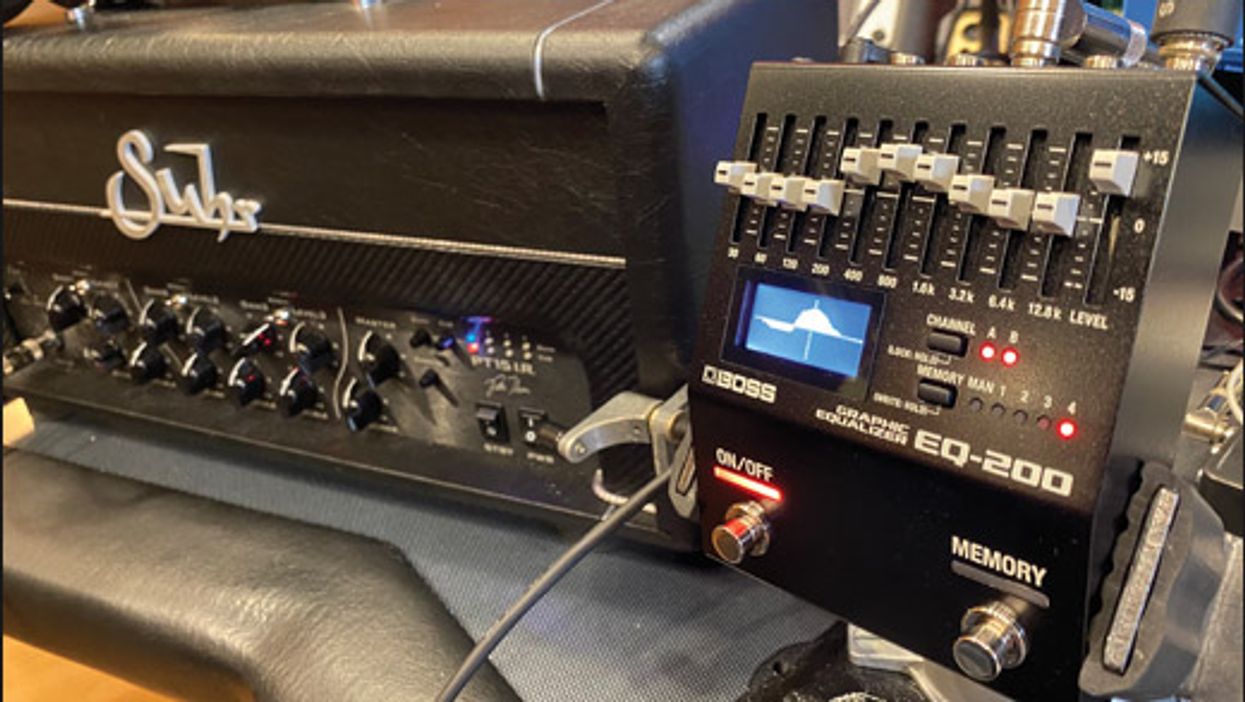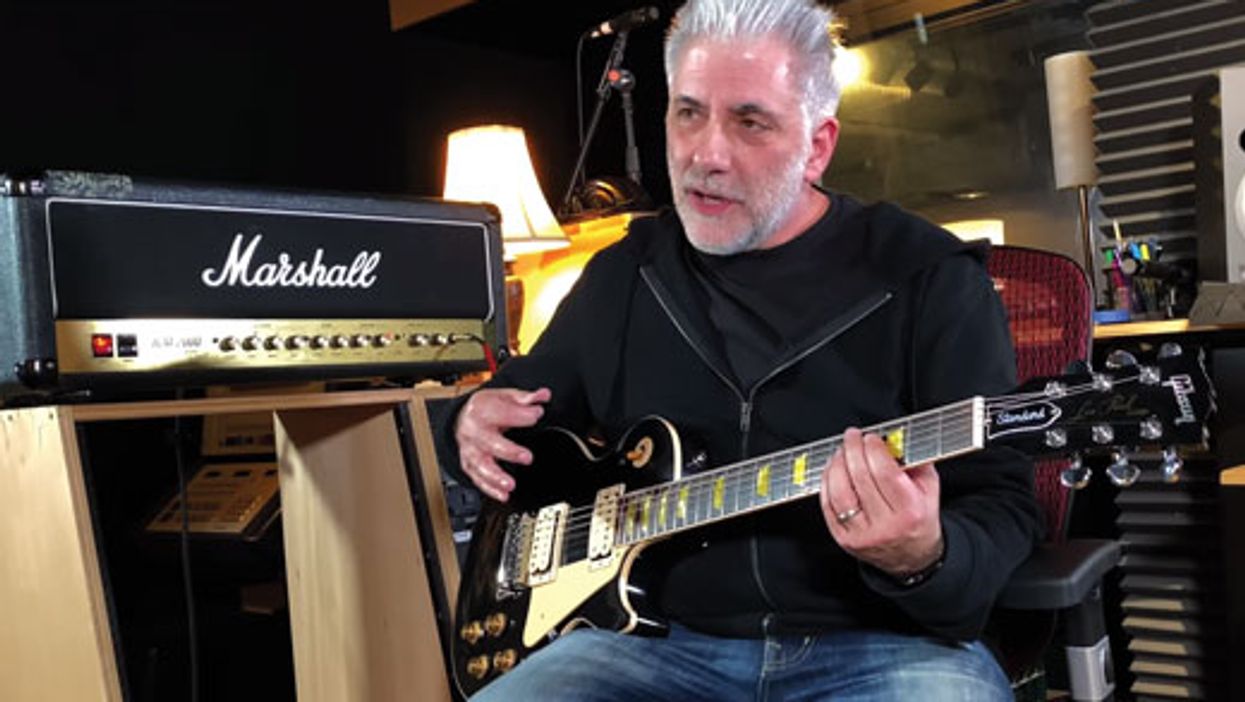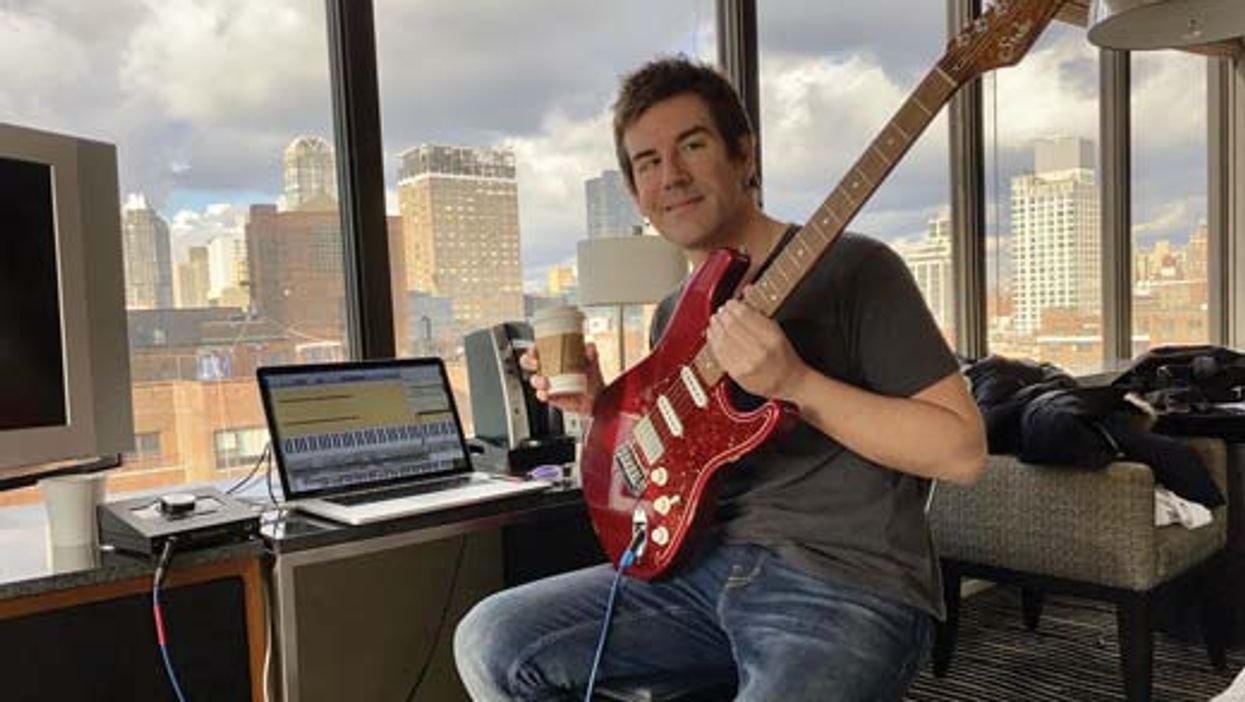Greetings, tone hounds! I get a lot of questions via email related to recording sessions. The questions range from how to break into studio work and what gear to bring to a session to dealing with “red-light fever,” stress, or anxiety while recording. This month, I’d like to focus on some pointers that will help you thrive when recording. Specifically, I believe—above all else—that the most important skill to develop before attempting any studio recording is a solid, innate sense of time.
Don’t need nothin’ but a good time. I recently saw a social-media post from John Mayer that really resonated with me. In a nutshell, he noted that there are many guitarists on Instagram and YouTube who have chops for days, yet their time, groove, and feel is often lacking. He emphasized the importance of developing good time and groove, mainly by simply paying attention to the subject and through jamming with others. I wholeheartedly concur!
Teaching others how to groove can be one of the most difficult and elusive subjects for any guitar teacher to address, because it’s kind of an abstract concept. I recommend listening to guitarists known for their great time and feel, and trying and absorb some of their rhythmic and dynamic mojo. When I listen to Billy Gibbons on the ZZ Top classic “Just Got Paid,” I’m always struck by his time and feel with regards to the main riff, the little chord stabs, and the slide parts. It’s not just about where he strikes a note. It’s so much about the duration of the notes before he stops them and the space in between them. Billy’s mastery of time and groove helps him develop a hypnotic groove, and the effect pulls the listener in.
Another example of this hypnotic phenomenon that comes to mind is the Isley Brothers’ 1971 cover of the War classic “Spill the Wine.” It features simple octave and single-note parts, as well as funky chord strums. I said “simple,” but are these parts easy? That’s another story. Developing the ability to play them with the rhythmic precision and consistency of Ernie Isley is certainly a challenge.
Another great example can be heard on the Stevie Nicks classic “Edge of Seventeen.” It features a muted, 16th-note single-note line played by Waddy Wachtel that is relentless and unwavering. Waddy slightly emphasizes the first 16th-note of each beat, and once again, it’s simple. But just try and execute it for five minutes like Waddy does. Seriously, go listen to it, because it is nothing short of impressive. Waddy’s part was supposedly influenced by Andy Summers on the Police classic “Bring on the Night,” another great example of in-the-pocket, single-note playing.
Last but not least, and something completely different: Check out James Hetfield’s vicious rhythm playing on Metallica’s “Creeping Death” from 1984’s Ride the Lightning. Just go easy on your right hand at first. Yes, he’s using all downstrokes for the aggressive main thrash-metal riff.
Don’t forget the practice part. I recommend learning a few of these parts and practicing them in a couple of different ways. The first is by jamming along with the original tracks, possibly loaded into a phrase trainer so you can loop them. Or, better yet, use a DAW so you can record yourself and listen to how your time matches up. Second, play them with other musicians! If you can convince a drummer friend who loves playing cool grooves to jam these tunes with you, you will be getting invaluable practice time in. And I can’t emphasize enough how important it is to record the jams.
So, record, take a break, and listen, and then be your own worst critic. Are you rushing? Are you dragging? Or are you locked right into the groove? Developing the innate swing, feel, and groove to play these parts is just one aspect. You must also develop the stamina to play them over and over again for the duration of the song. Just imagine recording these songs in the studio for the first time, and how many takes the original musicians likely did. It quickly becomes clear why stamina and consistency are so important.
Developing great groove and time is like learning to ride a bike. Once you’ve got it, you’ve got it. You won’t forget how to groove, although you obviously need to practice to keep your groove chops up. In my opinion, everything else takes a back seat to developing good time. It’s an absolute prerequisite for a recording guitarist. Next month, we’ll delve into more essential studio concepts and techniques. Until then, I wish you great tone!











![Rig Rundown: Russian Circles’ Mike Sullivan [2025]](https://www.premierguitar.com/media-library/youtube.jpg?id=62303631&width=1245&height=700&quality=70&coordinates=0%2C0%2C0%2C0)






